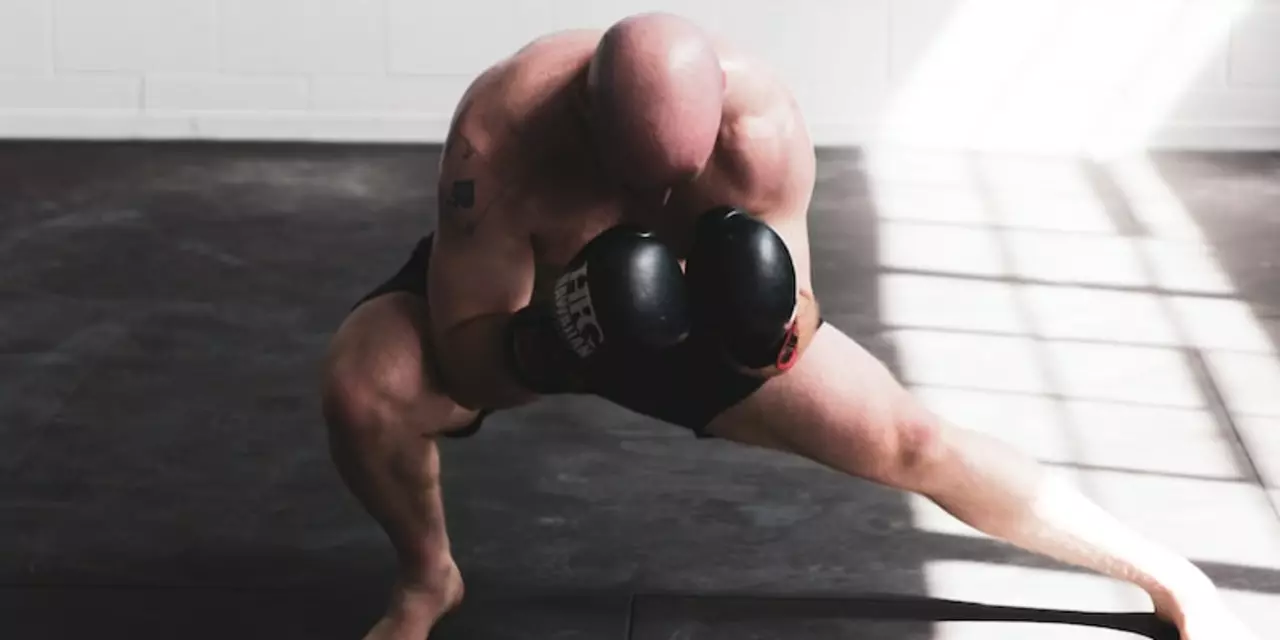Age in Boxing: Why It Matters
When you hear a boxer’s age, you instantly start guessing how fast they move, how strong they are, and how long they’ll stay at the top. Age isn’t just a number; it’s a key factor that shapes training routines, fight style, and even contract deals. In this guide we break down the real impact of age on a fighter’s career, so you can read match previews with a sharper eye.
Typical Age Ranges for Professionals
Most pros hit the ring for the first time in their late teens or early twenties. By the time they’re 25‑30, they’ve usually built a solid skill base and can handle tougher opponents. The sweet‑spot for many world‑class fighters sits around 28‑32, when speed, power and experience blend nicely. After 35, reflexes start to slow, but seasoned veterans can still win with clever tactics and ring IQ.
How Age Impacts Training and Fight Strategy
You’ll notice younger boxers load up on high‑intensity sparring and explosive drills. Their bodies tolerate volume and recovery is quick. Older fighters, on the other hand, focus more on precision, conditioning that protects joints, and smart fight planning. They often rely on timing and distance rather than trying to out‑punch a younger opponent.
Weight‑cutting also changes with age. A 22‑year‑old can shed pounds fast, while a 38‑year‑old may need a slower, more controlled approach to avoid fatigue. Nutrition, sleep and injury prevention become bigger priorities as the years stack up.
Fans love “old‑timer” stories – think Tyson Fury’s resurgence or Anthony Joshua’s comeback after a break. Those narratives work because they show how the right adjustments can extend a career beyond the typical peak.
For promoters, age helps set ticket prices and promotional angles. A 21‑year‑old hype machine draws a different crowd than a 34‑year‑old champion defending a legacy. Knowing where a fighter sits on the age curve helps you predict match‑up appeal and possible outcomes.
Bottom line: age is a practical metric, not just trivia. It tells you how a boxer trains, fights, and markets themselves. Keep an eye on the age column next time you scroll through a fight card – it’s often the missing piece that explains a win, a loss, or a surprising comeback.
How old do you need to be to become an Olympic boxer?
Boxing has been part of the Olympic Games since 1904, but the rules and regulations regarding age requirements have changed over time. Currently, the International Boxing Association (AIBA) has set the age limit for Olympic boxers at 18 years old. Boxers must be born on or after October 1st of the calendar year preceding the Olympics in order to qualify for the competition. However, boxers aged 17 may compete in the Youth Olympic Games if they have met the other qualifications. Furthermore, boxers aged 16 may compete in the AIBA World Championships. Therefore, there are several ways for aspiring boxers to take part in Olympic-level competitions before they turn 18.

 Entertainment
Entertainment